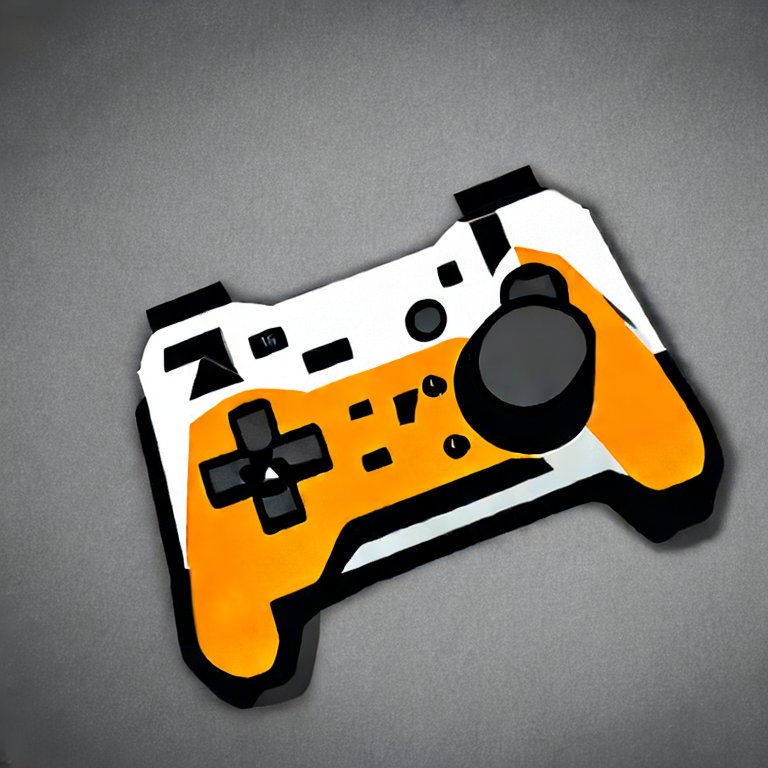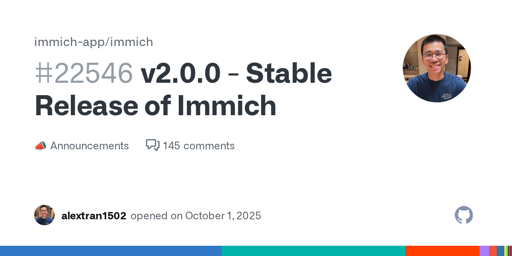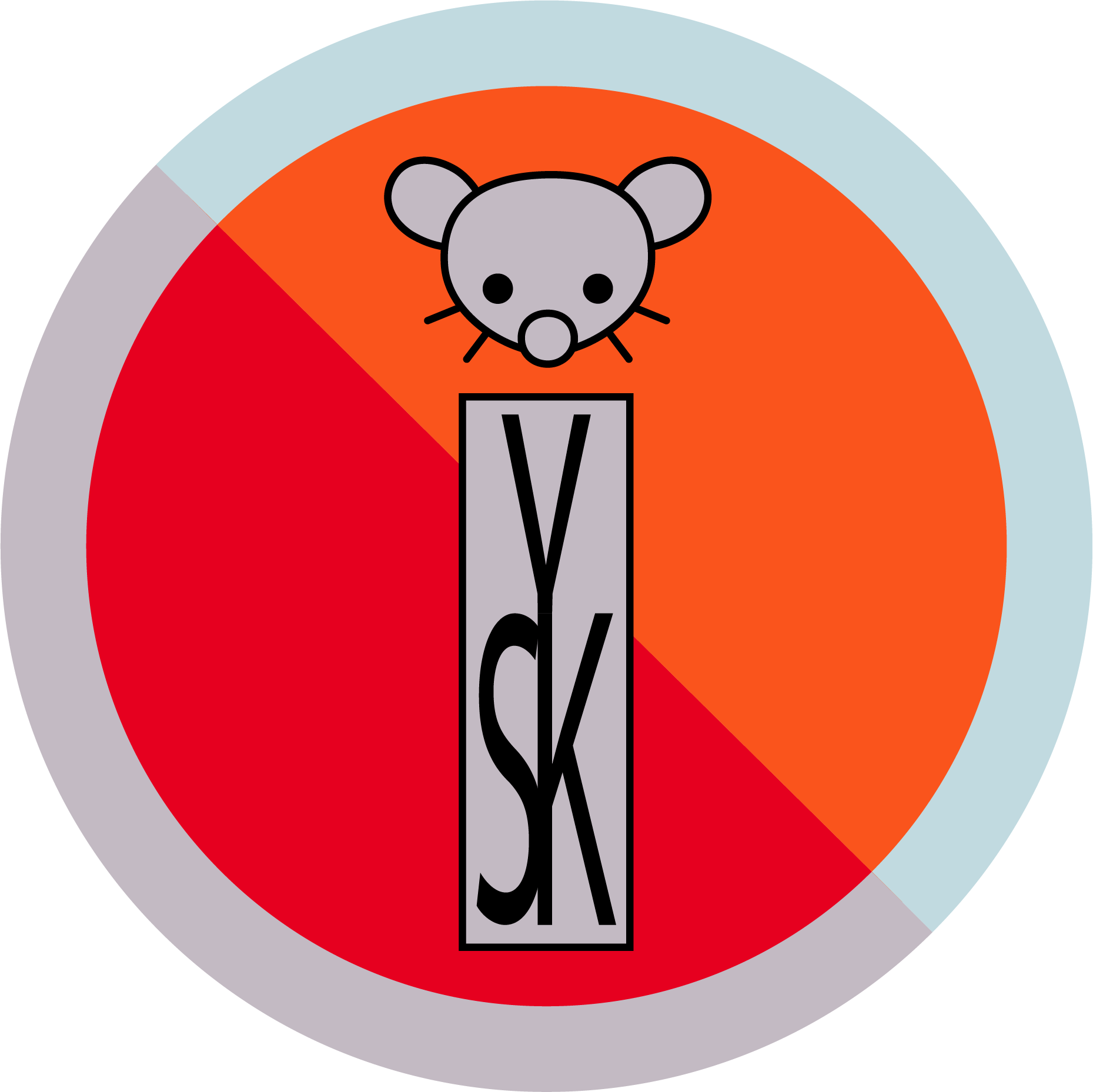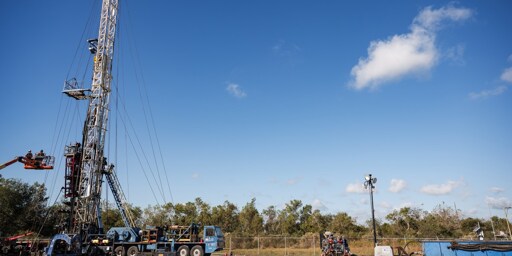

Thanks!
Thing is, the heading says that the reason the child patent is filed is specifically to make its claim still stand even if the parent patent is invalidated. I would expect that Nintendo’s big-suit lawyers have engineered the patent to have minimal overlap with parts that may be invalidated. Child patents are not for amending the original patent’s claims but to file a new ones.
Here are the other reasons the documented said you might want to file a child patent:
- Response to a violation of the requirement of unity of invention [(the same patent cannot contain multiple inventions)] If an Office Action (OA) is issued due to a violation of the requirements for unity of invention, it may be possible for the applicant to obtain a patent by separating claims which do not satisfy the requirements for unity of invention from the parent application by filling them as divisional applications.
- Obtaining patents for inventions described only in the specification Patents can also be obtained for inventions that are described only in the specification of the original application, but not described in the claims, by filing one or more divisional applications for the desired inventions.
- Issuing a warning against competitors by keeping applications pending for an extended period of time The application pendency period can be prolonged by filing divisional applications. This urges competitors to observe the status of the existence of divisional applications. It is effective to put pressure and restrictions on competitors designing their products and so forth.























It has a clear storytelling purpose of having the reader eagerly wait to hear whom it was that he taught (who is this mysterious student?), and conveys the irony that something so seemingly everyday can be so important. In fact, this is the same irony explained in the first paragraph; the sentence reads as if it was the first paragraph with the blanks filled in.
Optimizing every single sentence equally for efficiency makes dull writing, and if that’s what you want, you might want to use a summarizer.